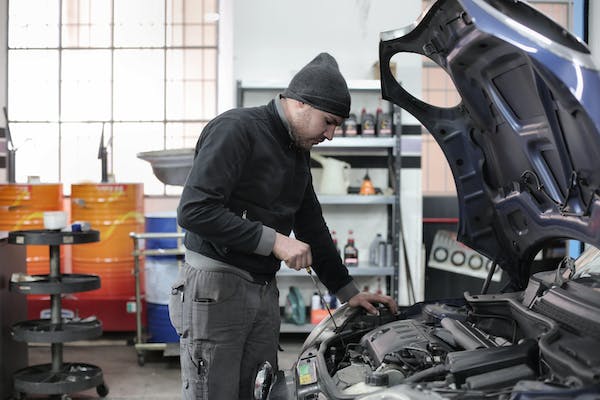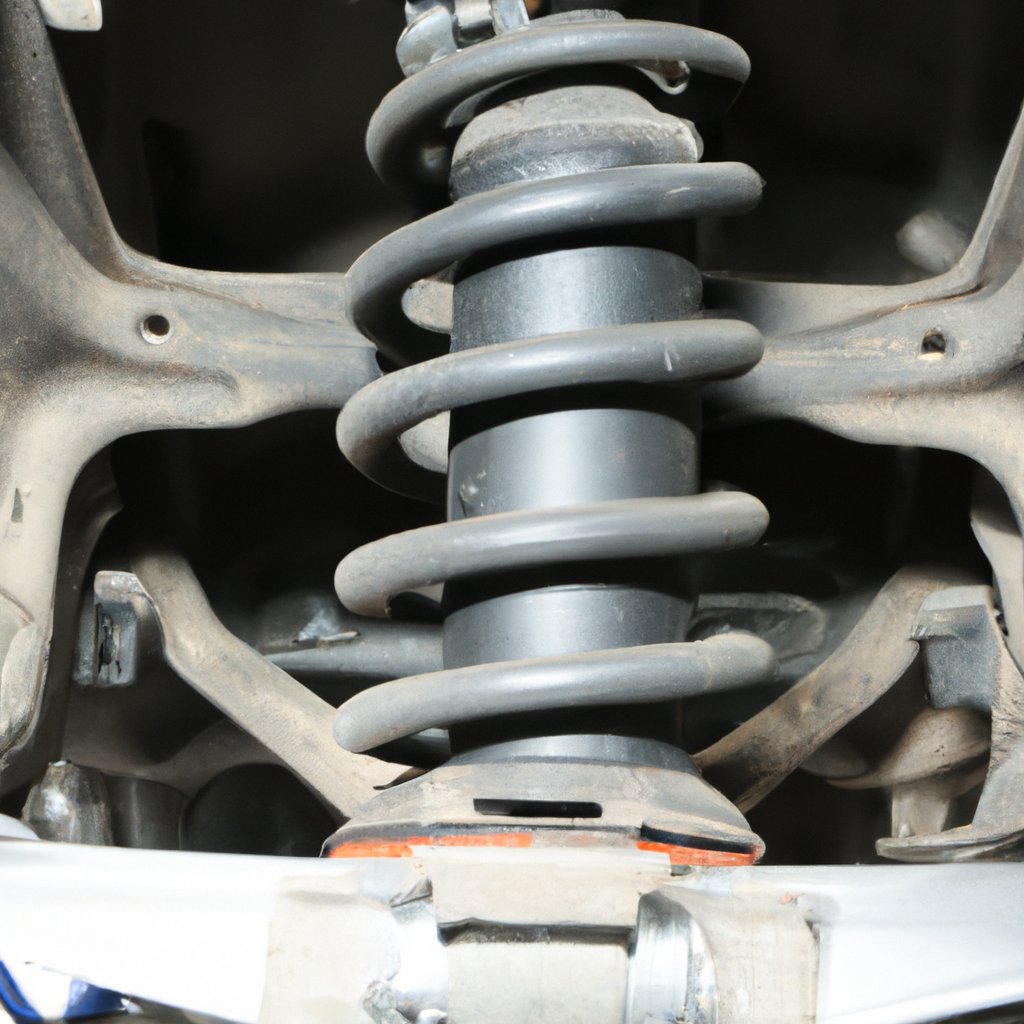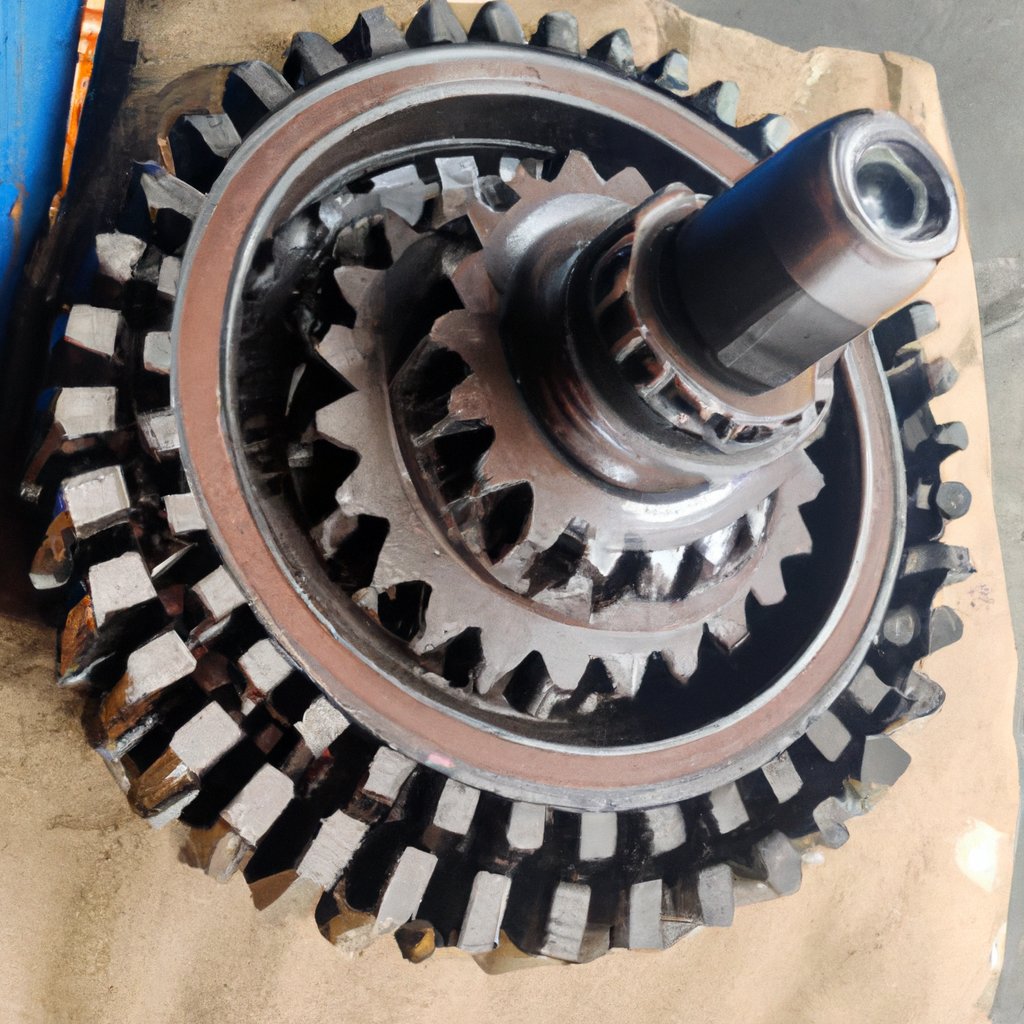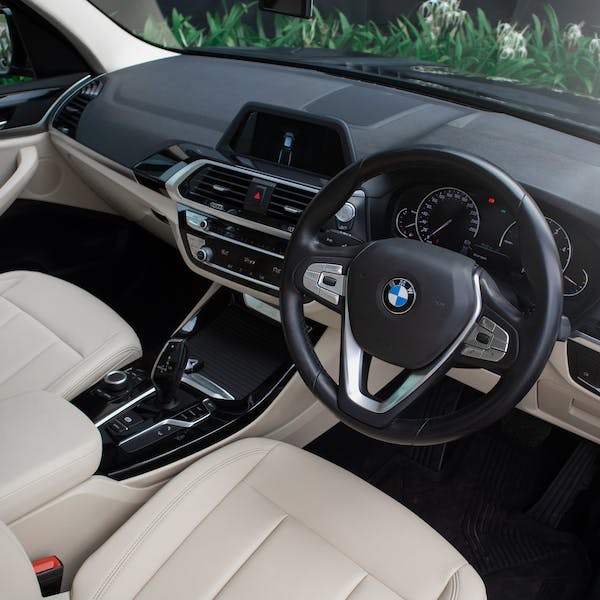
- 5 step method for car maintenance

Car repair is a complex process that requires knowledge, skill, and experience. It involves diagnosing and fixing various problems with a car?s engine, brakes, suspension, transmission, electrical system and other components. Car repair can be done by an experienced professional or by the car owner themselves if they have the right tools and knowledge. In this article we will discuss the basics of car repair, what it entails and how to do it yourself if you choose to take on this task and I will show you how to save money by using credit for repairs. So here are the 5 methods we discuss today to get you on the right path to success.
The first thing is the car engine which is an essential part of a vehicle, and it is important to understand its components and how they work together. This includes the alternator helps the car power stay on kind of like an hamster on a wheel. Next is the battery it helps keeps your vehicle electric going like radio, fuses, dashboard too but another is to know how many amps your battery is so your car can run smoothly. Now let's get to the oil change it helps the engine parts stay lubricated like the crankshaft and or rocker arms. The washer fluid is pretty simple but there is different colors you can pick as well from orange, blue, purple and each one does an different thing to our window. Okay so now the transmission fluid is just like the oil in the engine but it helps the transmission gears stay lubricated because it has a-lot of moving parts as well. For example transmission includes several parts such as clutches, planetary gears, transfer case too and as we move onto the brake reservoir it is important to know that the proper level fluid is in it so your brakes can run smoothly. This is all within the engine bay that I will cover for today. Sometimes we get sidetracked on checking all these fluids until they pop up on the dashboard (guilty of it myself) or we have an serious issue where our car doesn't perform well. Anyway lets move onto the the next section.

The second thing the braking system of a car is one of the most important safety features. It is comprised of several components that work together to slow down and stop the vehicle. Brake pads, rotors, calipers, brackets, pins and brake fluid are all essential parts of the system that must be in good condition for it to work properly. Each component has its own purpose and when they are all working together they help ensure that the car stops quickly and safely. Understanding how each part works can help you maintain your car's braking system so you can stay safe on the road. When you press your foot to the brake, the brake pads press against the wheel's surface. This contact creates a force that pushes on both sides of the wheel which in turn squeezes down on an internal piston inside of each caliper. The pistons push fluid into a chamber that is connected with a master cylinder, and then push out through orifices in order to create pressure for your car's brakes. These moving pistons are actuated by a master cylinder and a pair of rods connected to the rear brakes. In order to control the movement of the front brakes. The master cylinder has two pistons, one for each rear brake. One piston pushes on a rod connected to a front brake line and the other piston pushes on a rod connected to a rear line and an interconnecting rod between them. Together they control how far the rear brakes move and thus actuate the fronts.

The third thing is functioning of a car suspension system is essential for the safety and comfort of the passengers. It helps to reduce the impact of bumps and other road irregularities on the car, thus providing a smooth ride. The main components of a car suspension system are struts, front shocks, McPhersons struts, rear shocks, shock absorber and coil spring. Struts are used to support the vehicle weight while McPhersons struts provide additional stability and control. Shock absorbers help to absorb any sudden jerks or vibrations while coil springs provide additional cushioning. All these components work together to ensure that your car rides smoothly no matter what kind of terrain you're driving on.

The fourth thing now we will dive into the maintenance of the transmission. So remember you have to check your owner's manual to see what type of trans fluid your car takes currently for all my d.i.y (do it yourself) people who do things themselves. So you have two types automatic versus manual fluids and also they vary by color as well. Some are red, purple, orange in color and you can also get an free transmission inspection done at ammco transmissions. This will give your car more longevity when you need it most over an period of time.

Lastly, We The electrical system in a car is one of its most important components. It consists of many interconnected parts such as fuse boxes, wiring harnesses, dashboard, headlights, car battery amps, rear lights and alternator. All these components work together to ensure that your vehicle runs smoothly and efficiently. When any of these components fails or malfunctions, it can lead to serious problems with the car?s performance. Therefore, it is important to understand how the electrical system works and how to maintain it properly.
Now it is time to wrap up everything you need to know about cars. I will share with you about how to save money on car parts for emergency situations. So instead of using your hard owned money for parts for your vehicle. You need to have credit which is something I use to buy my parts for my vehicle. When you leverage credit in the correct way you can save time and headaches trying to figure out how to pay for parts for your car. So one e-book that helped me do this was the simple credit repair book. I really appreciate anyone who read my article until this point so with the information I given you make sure you take great care of your vehicle because it will take care of you as well.